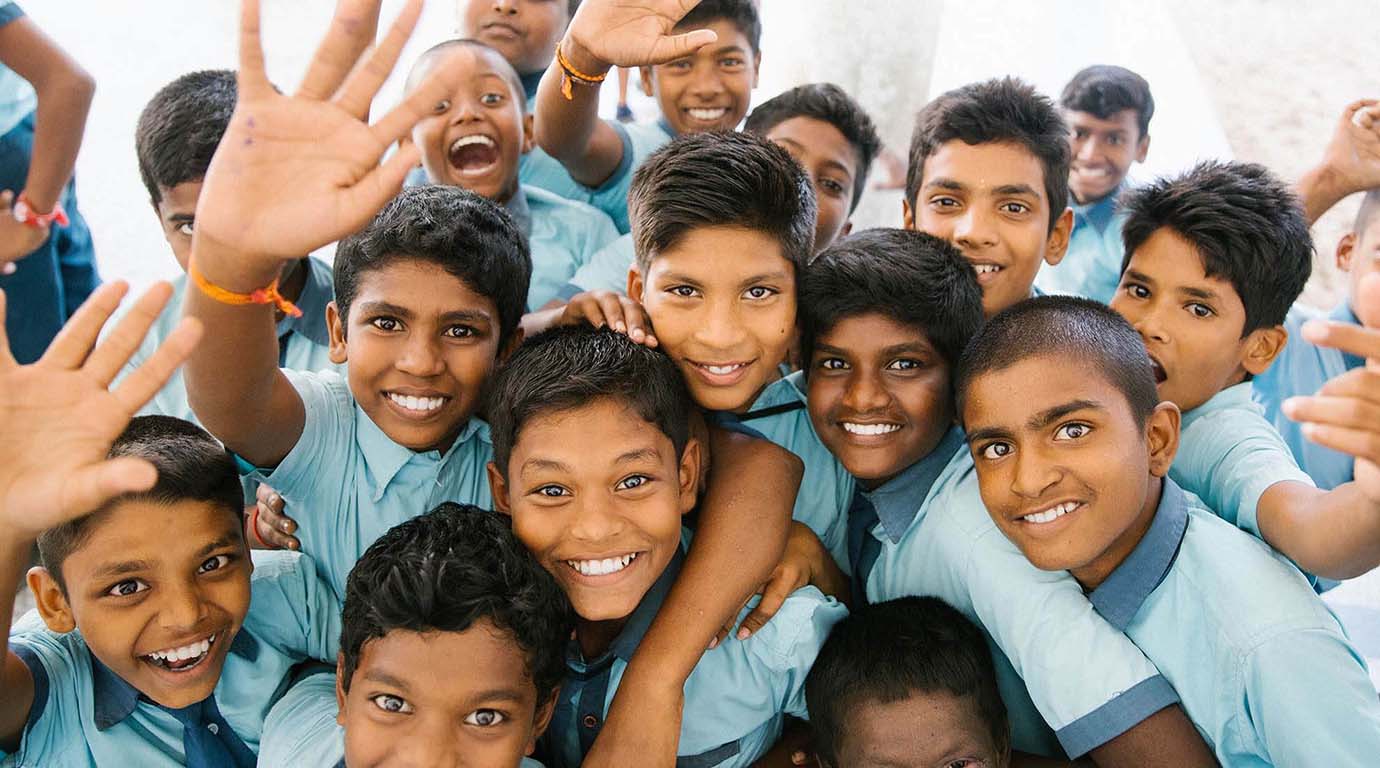Education is the key to unlocking a brighter future, offering opportunities and empowering individuals to break free from the cycle of poverty. However, millions of children around the world face significant barriers in accessing quality education due to their disadvantaged circumstances. In this blog post, we shine a light on the critical issue of education for poor children and highlight the incredible work of the Niwala Foundation in providing hope and transformative education to underprivileged children.
Education is the most powerful weapon which you can use to change the world.
― Nelson Mandela
- The Importance of Education for Poor Children: Education is a fundamental human right that should be accessible to all, regardless of socioeconomic status. We delve into the profound impact education has on the lives of impoverished children, emphasizing how it not only equips them with knowledge and skills but also builds their confidence, resilience, and self-belief. Education lays the foundation for a better future, enabling these children to escape poverty and contribute positively to their communities.
- Barriers to Education for Underprivileged Children: Explore the various obstacles that prevent impoverished children from receiving an education. These may include financial constraints, lack of access to schools, inadequate infrastructure, gender inequality, child labor, and social exclusion. By shedding light on these challenges, we can deepen our understanding of the complex issues that must be addressed to create a more inclusive and equitable educational landscape.
- Niwala Foundation: Empowering Lives through Education: Introduce the Niwala Foundation, a nonprofit organization dedicated to providing education for underprivileged children. Highlight their mission, values, and the programs they have implemented to support education in marginalized communities. Showcase success stories of children who have benefited from the foundation’s initiatives, emphasizing how education has transformed their lives and opened doors of opportunity.
- Innovative Approaches to Education: Discuss the innovative approaches and strategies employed by the Niwala Foundation to bridge the education gap for impoverished children. This may include scholarships, school infrastructure development, teacher training programs, community engagement, and the use of technology to enhance learning outcomes. Highlight the foundation’s holistic approach, which goes beyond providing textbooks and classrooms to address the multifaceted needs of the children they serve.
- Collaborative Efforts and Partnerships: Emphasize the significance of collaborative efforts and partnerships in tackling the challenges of educating underprivileged children. Highlight the Niwala Foundation’s collaborations with local communities, governments, NGOs, and corporate entities to create sustainable, long-term solutions. Discuss the role of volunteers and donors in supporting the foundation’s work and encouraging readers to contribute their time, skills, or resources to make a difference.
- The Transformative Power of Education: Conclude the blog post by reiterating the transformative power of education for underprivileged children. Emphasize that education not only breaks the cycle of poverty but also empowers individuals to dream big, pursue their passions, and create a better future for themselves and their communities. Encourage readers to support organizations like the Niwala Foundation and play a role in providing education for every child, regardless of their background.
Conclusion:
Education is a catalyst for change, and ensuring access to quality education for underprivileged children is crucial for building a more equitable society. The Niwala Foundation’s commitment to empowering these children through education serves as an inspiration for us all. Let us join hands in advocating for education as a fundamental right and supporting organizations that strive to make a lasting impact on the lives of the most vulnerable. Together, we can help shape a brighter future for generations to come.

